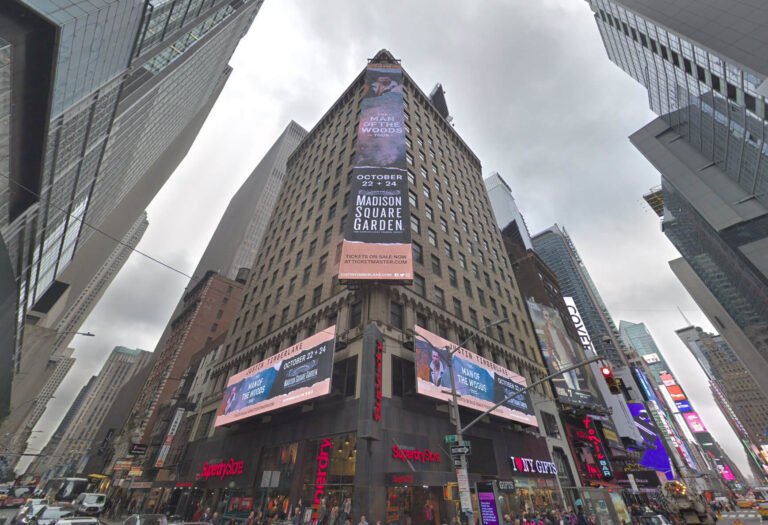Horizon Esplanade / María Fandiño – PAISAXE
Horizon Esplanade / María Fandiño – PAISAXE


Text description provided by the architects. Surrounded by the Atlantic Ocean on the west side and guarded by the mountain range Serra da Groba on the east side, the horizon esplanade was a “high-stoned” point in the middle of the coastal plain. The structure of the territory is visible in its section: the mountain comes down the human transformation throughout history: stone terraces. These terraces fold the topography showing the grey granite materiality.



In the ’70s, with the PO-553 street construction, the horizon esplanade was filled with rubbles crashing with the scale of the place, erasing the cultural landscape, and destroying the coastal ecosystem. The horizon was transformed into a lifeless plain, without vegetation, without rocks, without people. Inhabitants lost the identity of their place.

The commission was to create a park, but we decide to recover the coastal section. So, we started to play with the topography as the surrounding landscape broke up the esplanade to create different terraces showing de original morphology, recovering the coastal ecosystem, improving natural drainage, and making inhabitants part of the project through a participatory inter-generational process. The project will be functioning on its own, new terraces will embrace the program, without barriers, connected with ramps supported by walls with its materials and colors but, with a new use: a “restored public space”.


We fit the program through the terraces: starting from St. James’s walk with a bar, toilets, and picnic area, coming down with different playgrounds, and finally, fading into the landscape with the horizon grandstands.


Under construction, the original stones started to come out on the terraces increasing the project’s complexity. We decide to give the voice to landscape and release the architecture on a second plane. The project was transformed into a process, changing day by day according to the excavation: walls, stairs, and playgrounds fit their position between the stones fading the project into the context.

The native vegetation embraces the project, and its natural processes inspire it. The pioneer birches can grow in disturbed soils, improving the edaphic structure and allowing the subsequent growth of more specialized oaks, under them, bushes and heathers recover their space, and adapt to the harsh ocean conditions.

The result seems a craft project: stone walls are made with the remaining material of the excavation, the restoration is gradual, respecting the natural cycles, and the rocks which appeared in the middle of the playgrounds and walkways, uphold their shapes on the new topography. Lighting, furniture, and the bar building pursue to get unnoticed in this magical place, conferring the relevance to the granite stones which are present in different shapes and granulometry: pavements, walls, and stairs.

The final atmosphere swing between the blue ocean and the grey mountain, stillness and movement, gravity and lightness, sunrise, and sunset. Is a place to feel the territory and its shapes, to feel part of it.







